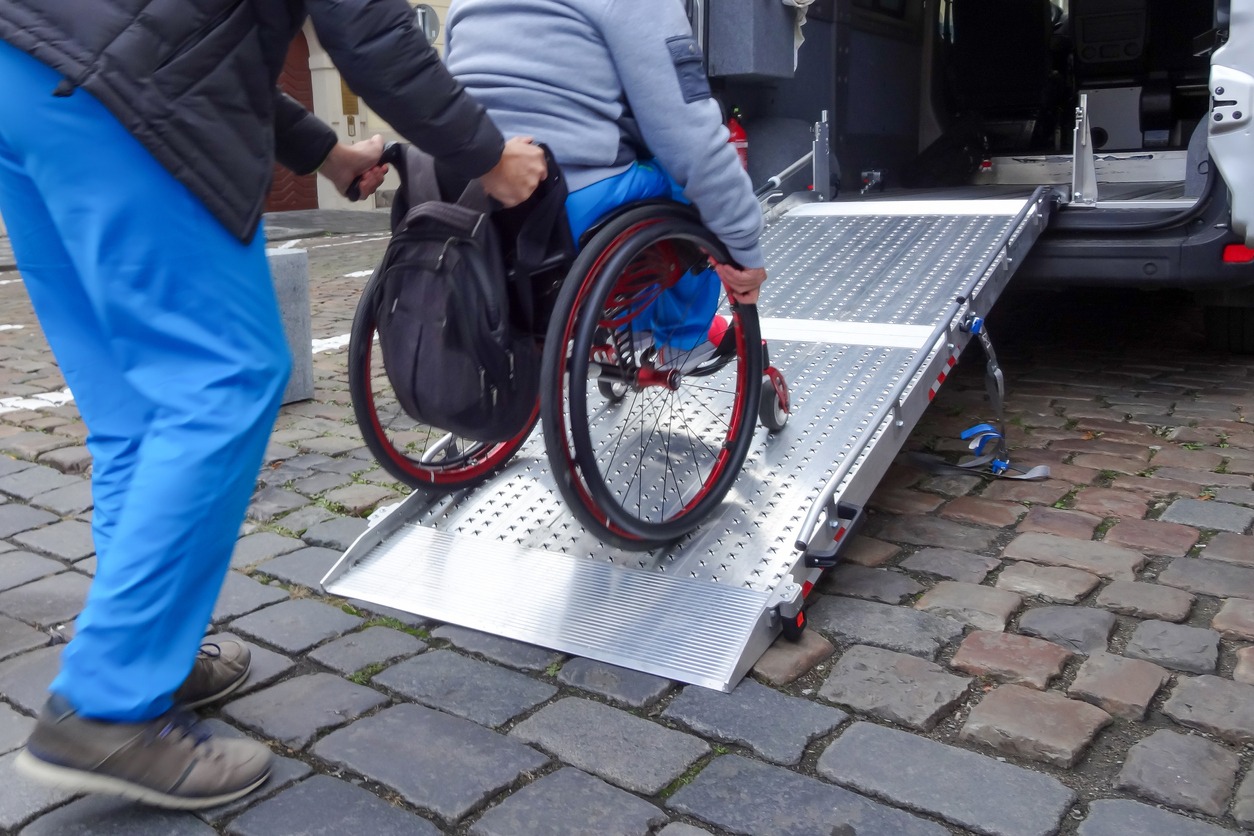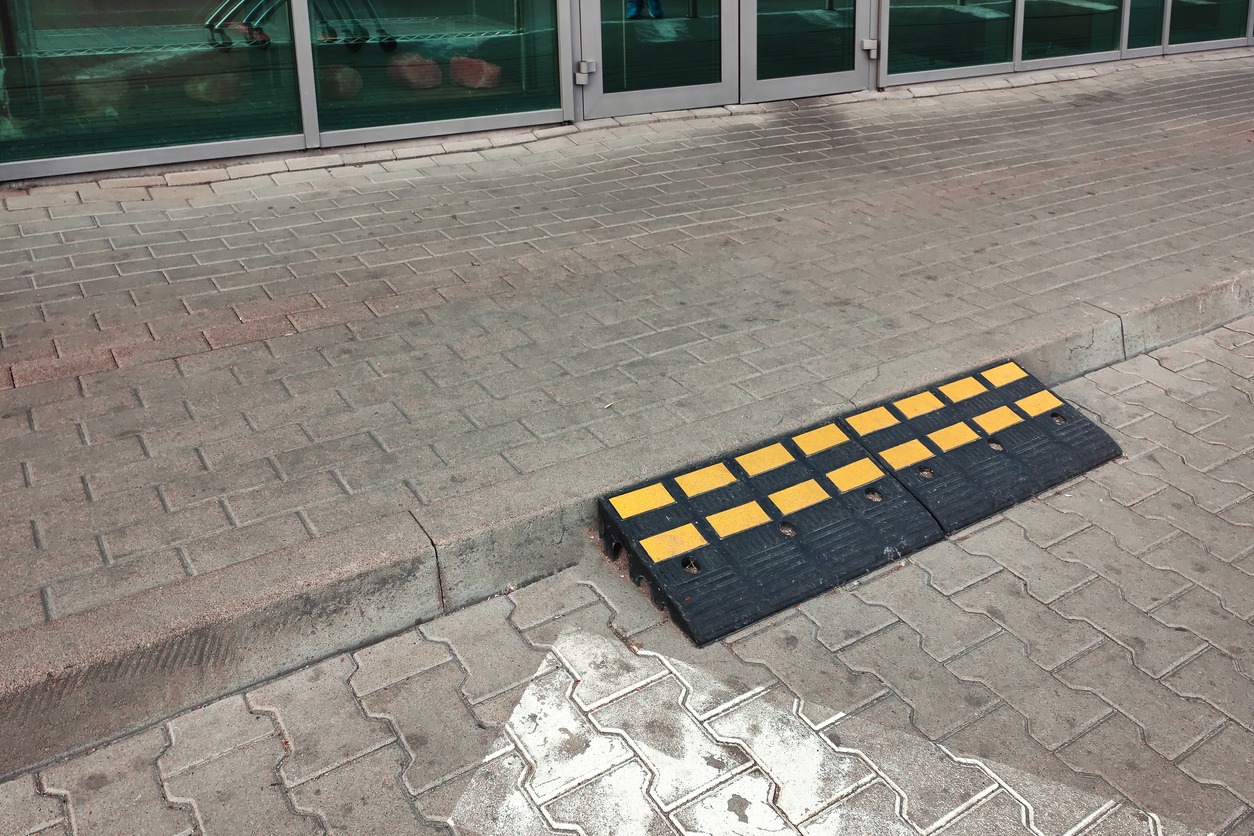Accessibility is a fundamental right for everyone, regardless of physical abilities. Portable ramps serve a vital role in giving access to houses, cars, public areas, and other places for persons who use wheelchairs, scooters, or other mobility aids. They are versatile tools that help individuals with limited mobility enjoy the freedom to move about independently.
In this article, we are going to give you more information when it comes to choosing a portable ramp for wheelchairs. This way, we can help you pick the right one that suits your specific needs and enhances accessibility. We will explore the different types of ramps, important considerations before making a purchase, safety features to look for, and maintenance guidelines. After reading this article, you will be better equipped to choose the ideal portable ramp that empowers you or your loved ones to overcome mobility issues with ease and confidence.
Considerations Before Buying a Portable Wheelchair Ramp
Before you go out and buy a portable ramp, it is important to carefully evaluate your needs, the intended use, and the specific circumstances in which you will be using the ramp. Below are some of the important things that you may consider when making a decision:
Weight Capacity
It is important to determine the combined weight of the wheelchair or scooter and the user. This way, you’ll be able to pick a ramp with a weight capacity that exceeds this total weight to ensure safe and stable usage. You should also consider possible variations in weight, such as when carrying other items while using the ramp.
Ramp Length
You also need to measure the vertical height that you need to overcome, whether it’s a threshold, a vehicle entrance, or a step. Pick a ramp that provides a length appropriate for the intended purpose. You need to ensure that its length allows for a safe incline angle, typically 1:12 or 1 inch of rise for every 12 inches of length.
Ramp Material
Pick a material that suits your requirements and intended use, such as rubber, fiberglass, or aluminum. When choosing a material, you need to consider its durability, weight, and resistance to environmental factors, such as moisture and changes in temperature.
Portability and Storage
It is essential to assess how frequently you will need to transport the ramp and where you will store it when not in use. It is better to choose ramps that are designed to be lightweight and foldable for easy transportation and storage.
Budget Considerations
It is also important to set a budget based on your financial capacity and the features you need in a ramp. Remember that investing in a high-quality ramp can be a worthwhile long-term investment in safety and mobility.
User Feedback and Reviews
It is also a good idea to read user reviews and feedback on different ramps to understand real-world experiences and satisfaction levels. Pay attention to feedback from users with similar needs and circumstances.
Taking these considerations into account will help you narrow down your options and choose a portable wheelchair ramp that aligns with your specific requirements and ensures a safe and accessible solution.
Safety Features to Look For
When buying portable wheelchair ramps, it is also essential to choose those that offer safety features. If you are wondering what these features are, read below.
Slip-Resistant Surface
Choose ramps that have textured or non-slip surfaces to provide grip for wheelchair wheels and prevent accidents. Make sure that the surface remains slip-resistant, even in wet or icy conditions.
Edge Guards and Curbs
It is also better to choose ramps with raised edges or curbs, as they help prevent the wheelchair from accidentally rolling off the sides. These add security and guidance while ascending or descending the ramp.
Weight Distribution
You should also consider the weight distribution of the ramp because uneven weight distribution may lead to instability. Make sure that the weight of the user is distributed evenly while using the ramp to maintain balance.
Weight Capacity Indicators
There are some wheelchair ramps that come with weight capacity indicators or labels to ensure they are not overloaded. It is crucial to adhere to weight limits for the safety and longevity of the ramp.
Anti-Skid Bottom
Look for ramps that have anti-skid or anti-slip bottom surfaces to prevent them from moving during use. Getting a stable and secure ramp helps in minimizing the risk of accidents.
Visual and Tactile Cues
Ramps with visual and tactile cues, such as contrasting colors and surface textures, help users with visual impairments identify the ramp more easily. These can improve safety and accessibility for all users.
Types of Portable Wheelchair Ramps
When it comes to portable ramps, there are several types to choose from, each designed for different purposes and scenarios. Understanding the variations in these ramps is important for choosing the one that best suits your needs. Below are the different types of portable ramps and a few recommendations to help you choose:
Single-Fold Ramps
These ramps have one hinged section, allowing them to be folded in half for portability. They are lightweight and easy to carry, making them suitable for travel and occasional use. They are available in different lengths to accommodate different height requirements.
However, single-fold ramps are usually shorter compared to multi-fold ramps, which may limit their application for higher obstacles. They may also have weight restrictions, making it challenging to match the ramp’s capacity to your needs.
Below are a few examples of single-fold ramps to help you pick:
Multi-Fold Ramps
Multi-fold ramps have multiple hinged sections that can be folded into a compact size for transport. They offer versatility by accommodating a range of height variances. They are ideally used in different environments, such as steps, vehicles, and curbs.
While they are more versatile, multi-fold ramps can be heavier and less portable than single-fold ones. Also, their hinges and joints need occasional maintenance to ensure they remain secure and functional.
Here are some examples of multi-fold ramps to help you choose:
Threshold Ramps
Threshold ramps are designed specifically for overcoming small obstacles, such as curbs and door thresholds. They are compact and lightweight, making them easy to carry and install. They come in different heights and materials, including aluminum and rubber.
However, note that threshold ramps are limited to addressing small elevation changes, and they are not suitable for more significant barriers. You need to make sure that the width of the ramp matches the width of the door entrance.
Below are a few examples of threshold ramps to help you pick:
By understanding the differences between single-fold, multi-fold, and threshold ramps, you’ll be able to make a choice that aligns with your mobility needs and the specific obstacles you encounter in your daily life. Each of them has its unique advantages and considerations, allowing you to pick the most appropriate solution for your accessibility needs.
Maintenance and Care
Giving your portable wheelchair ramp proper maintenance and care is essential to ensure its longevity, safety, and functionality. Below are a few tips that we can give when it comes to maintaining and caring for your portable ramp:
- Cleaning and Upkeep: Clean the surface of the ramp regularly to remove dirt, debris, and possible slip hazards. Use a mild detergent and water when cleaning, but avoid abrasive cleaners that may cause damage to the surface. Always make sure that the surface remains free of mold, mildew, and slippery substances.
- Check for Wear and Tear: Regularly check the ramp for any signs of wear, damage, or rust, depending on the material. Check for loose screws, hinges, or any parts that may need tightening or replacement. Make sure that you immediately repair or replace damaged or worn parts to maintain structural integrity.
- Repairs and Replacements: Always follow the guidelines from the manufacturer when it comes to repair and maintenance. When not in use, keep the ramp in a safe, dry place to avoid wear and tear.
- Lubrication: If the ramp has hinges or moving parts, apply the right lubricants as recommended by the manufacturer to keep these parts working smoothly. This will help prevent rust and ensure ease of use.
Conclusion
Choosing a portable ramp is not just a purchase but also an investment in accessibility, safety, and independence. By considering the important factors that we’ve provided in this guide, you will be able to decide on the right portable ramp that matches your needs and preferences.
Our main goal is to empower you to choose the ideal portable wheelchair ramp that provides the freedom to overcome mobility barriers and enhance the quality of life for yourself or your loved ones. With the right wheelchair ramp in place, you can navigate different places confidently, knowing that accessibility is within reach. We hope this article helped you learn more about portable wheelchair ramps.



